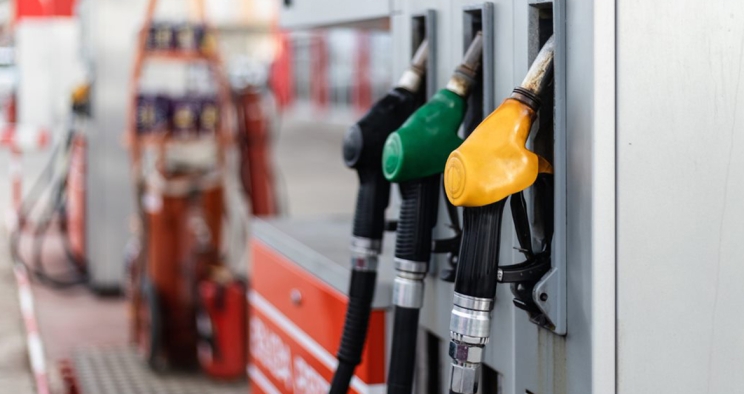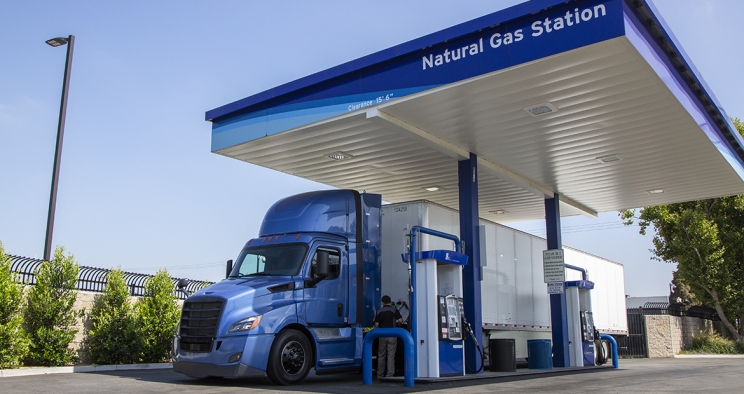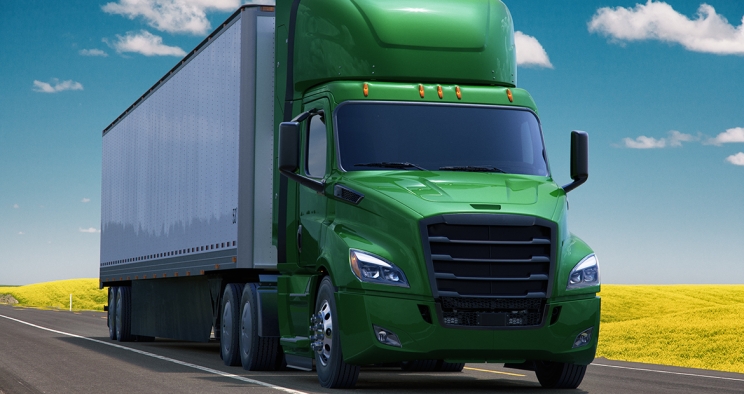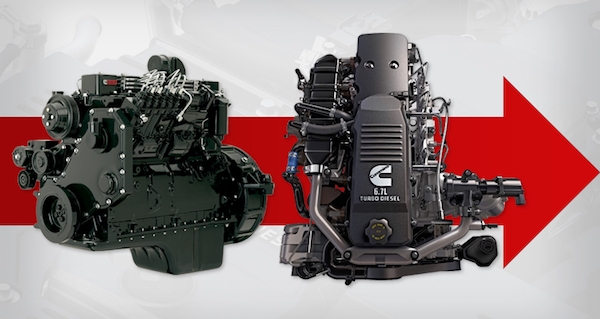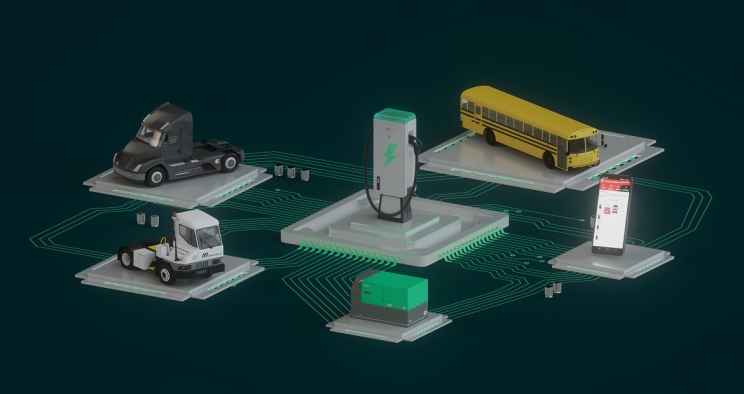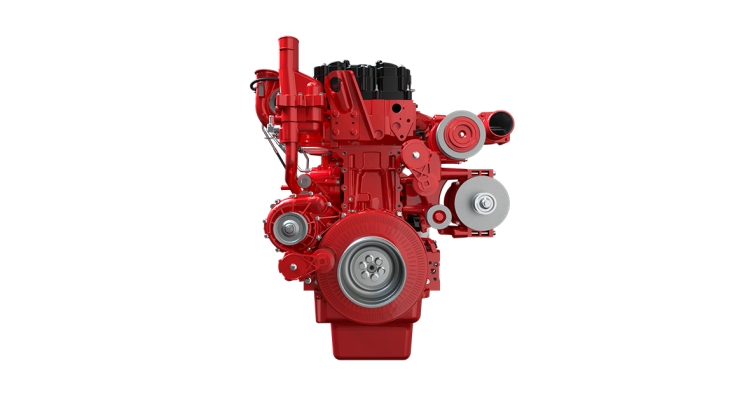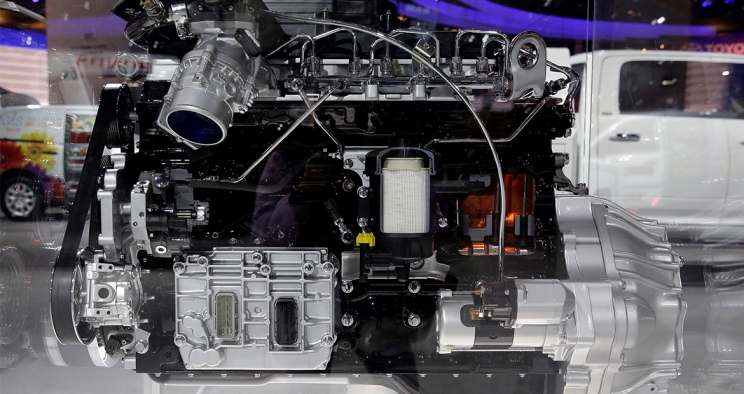Welcome to the era of smarter, cleaner power

The first phases of greenhouse gas regulations for commercial vehicles focused on tailpipe emissions, and this perspective brought the industry many efficiency improvements. With the advent of low to zero carbon fuels and new power sources, differences in GHG emissions are becoming more difficult to assess. One example is battery electric powertrains which get their energy from charging via the el
Commercial vehicle fleet managers face a dizzying array of options when it is time to replace or upgrade vehicles. One question that fleet managers often ask is whether there are any good fuel options available to their business besides diesel or gasoline. Alternative fuels, including natural gas, have grown in popularity in recent years due to their broad appeal. Considering a full or partial swi
From tractor trailers and transit buses to delivery trucks and terminal tractors, fleets have traditionally relied on diesel engines to provide the torque, reliability and durability needed by heavy-duty commercial applications. Natural gas engines, however, have emerged as a great alternative to diesel. Drivers, mechanics, and fleet managers appreciate natural gas engines for a variety of reasons
When it comes to natural gas engines, there are a range of frequently asked questions about the cost, practicality, and feasibility of integrating natural gas into commercial fleets. There are certainly preparations that need to be considered, but the learning curve to implement natural gas engines is not as steep as people may think, especially in comparison to the benefits of natural gas in tran
Regulations limiting greenhouse gas emissions (GHGs) from motor vehicles are tightening around the world. With this, both hydrogen engines and hydrogen fuel cells are receiving an increasing interest. Given medium and heavy-duty trucks are a major source of CO2 emissions, the transportation sector's journey to destination zero features both technologies. As more truck makers join the
How can hydrogen fuel power a vehicle? Using hydrogen to power an engine or motor is more straight forward than you might think. There are two ways to do this. The first way involves a device known as a fuel cell. The fuel cell converts hydrogen to electricity, which then powers the vehicle's electric motors, just like in any electric vehicle. The other way is hydrog
The stone age did not end because the world ran out of stones, and the oil age will not end because we run out of oil1. Instead the oil age will end as we (communities, companies, and governments) speed up the energy transition towards our final destination: 100% renewable energy. In this energy transition journey there are giant steps we all celebrate, such as the increased use of green
Plant Location: Whitakers, North Carolina Year opened: 1981 (the first engine was produced and shipped in 1983) Plant size: 1.2 million square feet Business Unit: Engine Business Unit Plant manager: John Judd Employee count: 1,800 Products: On-highway (automotive) and off-highway diesel engines (65-600 brake horsepower) Customers: RMEP has more than 530 customers, including: Daimler, Freigh
The Cummins 5.9L inline 6-cylinder was a fan favorite in RAM pickups for years, and when it evolved into the 6.7L Turbo Diesel mid year of 2007, a variety of enhancements - along with greater displacement - made it a real crowd pleaser. RAM owners gained a lot more power, improved fuel efficiency and a quieter, cleaner-running engine Through the years, Cummins has promoted higher power density
Late last year, Cummins shipped its first QSK95 built specifically for rail. The engine - one of the most powerful high-speed diesels ever used in commercial rail - was delivered to a Siemens manufacturing facility in Sacramento, destined for duty in U.S. passenger rail. Capable of top speeds of 125 mph when used as the primary power of a locomotive, the engine delivers 4,400 hp, more than any

